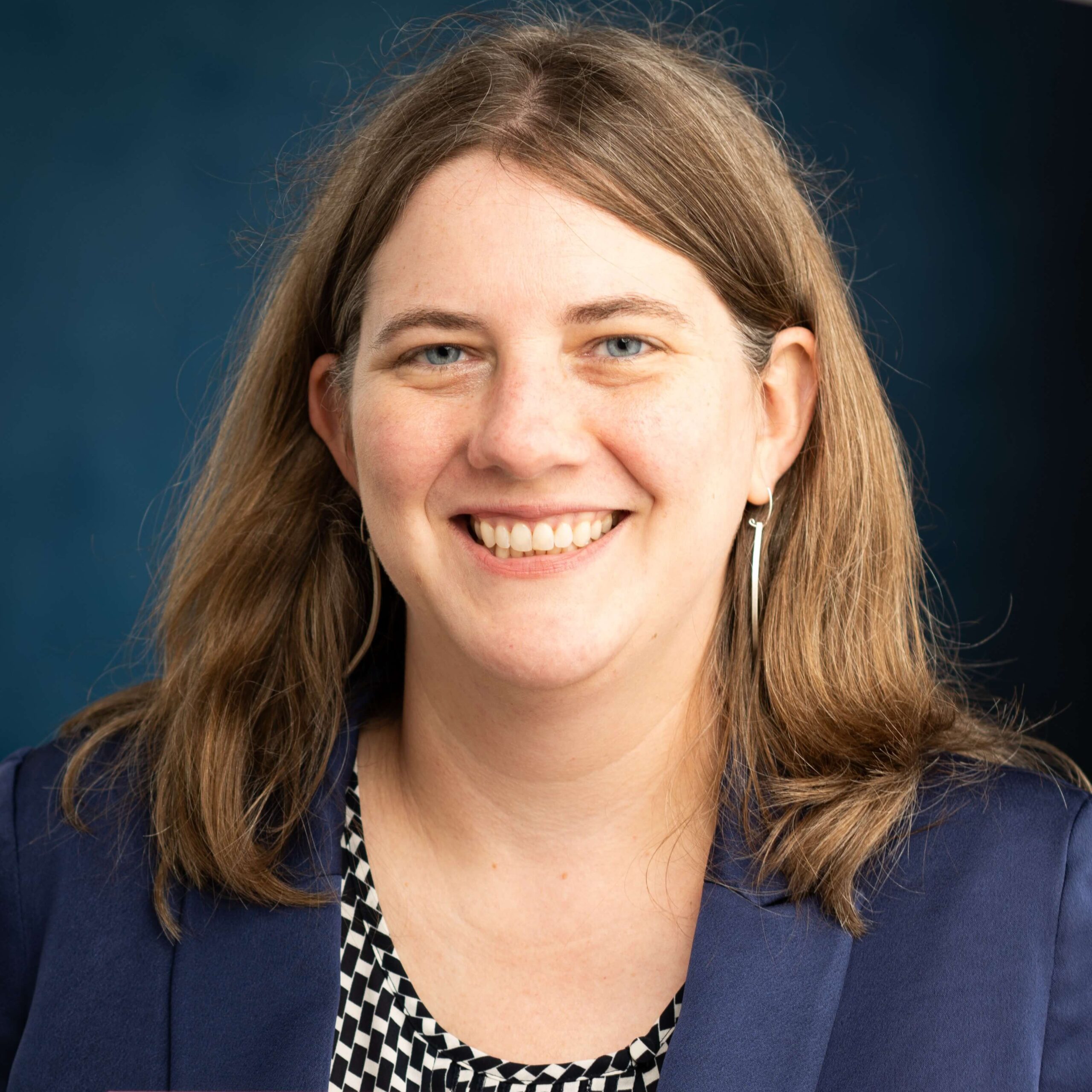Cutting-edge research on social inequality in a supportive intellectual community
Join us as we examine how between-group inequalities are shaped by geographic, political, and institutional contexts.
What’s new at the Stone Center
Explore our latest work


